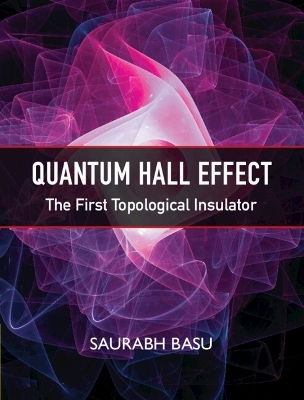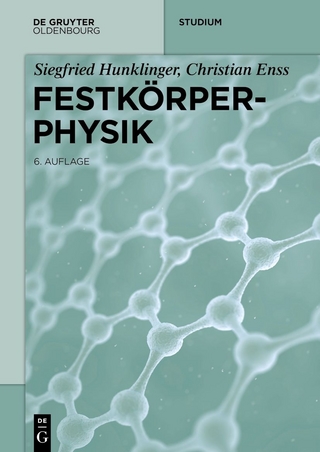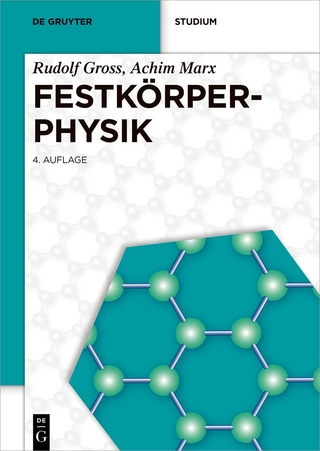
Quantum Hall Effect
The First Topological Insulator
Seiten
2024
Cambridge University Press (Verlag)
978-1-316-51175-6 (ISBN)
Cambridge University Press (Verlag)
978-1-316-51175-6 (ISBN)
- Noch nicht erschienen (ca. November 2024)
- Versandkostenfrei innerhalb Deutschlands
- Auch auf Rechnung
- Verfügbarkeit in der Filiale vor Ort prüfen
- Artikel merken
This book deals with the discovery and explanation of the quantum Hall effect and its fundamental principles. It is meant for undergraduate and graduate students of physics, engineering and applied sciences studying condensed matter physics. Doctoral students and researchers of this subject will also find it equally useful.
This book deals with the discovery and explanation of the quantum Hall effect and its fundamental principles. It is meant for undergraduate and graduate students of physics, engineering, and applied sciences studying condensed matter physics. Doctoral students and researchers of this subject will also find it equally useful. It begins with a historical overview of this effect wherein the experiment and the physical systems are described. It progresses to cover discrete symmetries like inversion symmetry, time reversal symmetry, particle-hole symmetry, and chiral symmetry. It also examines how the Hamiltonian transforms under such symmetry operations. Two 1D models, namely the Su-Schrieffer-Heeger (SSH) model and a Kitaev chain with superconducting correlations, are discussed too. Then, the quantum Hall effect in graphene is explained. Further, the spin Hall effect is studied which may have prospects of using graphene as spintronic devices. The book ends with a brief review on fractional quantum Hall effect.
This book deals with the discovery and explanation of the quantum Hall effect and its fundamental principles. It is meant for undergraduate and graduate students of physics, engineering, and applied sciences studying condensed matter physics. Doctoral students and researchers of this subject will also find it equally useful. It begins with a historical overview of this effect wherein the experiment and the physical systems are described. It progresses to cover discrete symmetries like inversion symmetry, time reversal symmetry, particle-hole symmetry, and chiral symmetry. It also examines how the Hamiltonian transforms under such symmetry operations. Two 1D models, namely the Su-Schrieffer-Heeger (SSH) model and a Kitaev chain with superconducting correlations, are discussed too. Then, the quantum Hall effect in graphene is explained. Further, the spin Hall effect is studied which may have prospects of using graphene as spintronic devices. The book ends with a brief review on fractional quantum Hall effect.
Saurabh Basu is professor at the Department of Physics at Indian Institute of Technology, Guwahati. He has developed the syllabi for several specialised courses in Condensed Matter Physics, Statistical Mechanics, Quantum Mechanics etc. Additionally, Author has taught 4 online courses in the Swayam-Moocs platform. He has published numerous research papers on Condensed Matter Physics.
Foreword; Preface; Acknowledgement; 1. Quantum Hall Effect; 2. Symmetry and Topology; 3. Topology in One Dimensional (1D) and Quasi-1D Models; 4. Quantum Hall Effect in Graphene; 5. Graphene as a Topological Insulator – Anomalous Hall Effect; 6. Fractional Quantum Hall Effect; 7. Epilogue; Bibliography; Index.
| Erscheinungsdatum | 22.08.2024 |
|---|---|
| Zusatzinfo | Worked examples or Exercises |
| Verlagsort | Cambridge |
| Sprache | englisch |
| Themenwelt | Naturwissenschaften ► Physik / Astronomie ► Festkörperphysik |
| ISBN-10 | 1-316-51175-8 / 1316511758 |
| ISBN-13 | 978-1-316-51175-6 / 9781316511756 |
| Zustand | Neuware |
| Haben Sie eine Frage zum Produkt? |
Mehr entdecken
aus dem Bereich
aus dem Bereich


